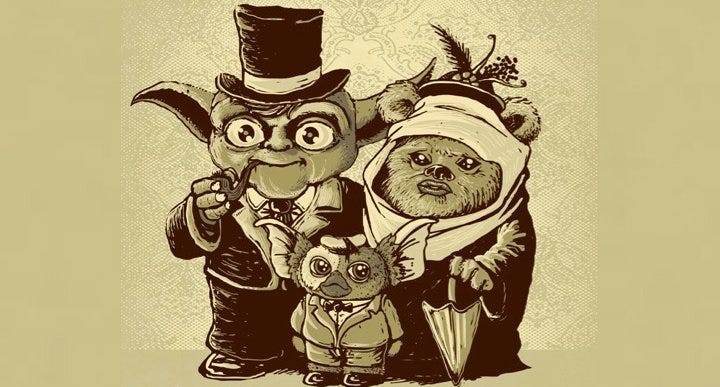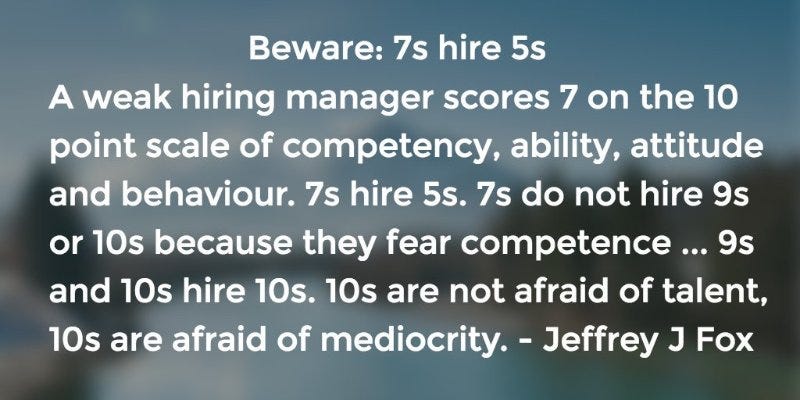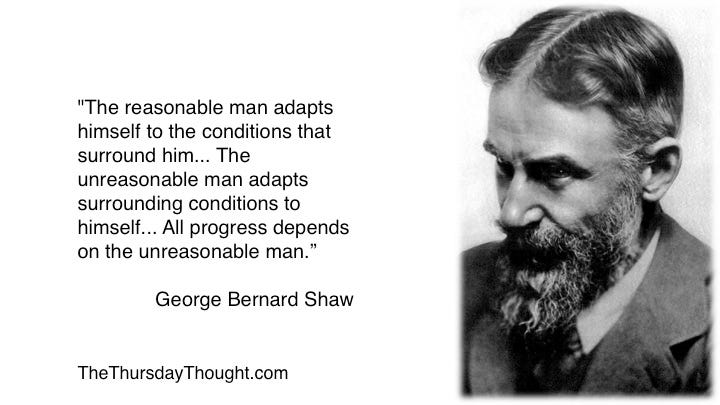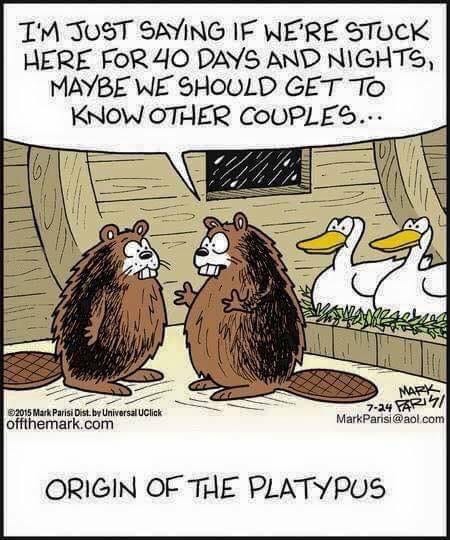
In 1951, Polish psychologist and pioneer of social psychology in the United States Solomon Asch conducted a series of experiments on conformity.
Groups of eight participants took part in a simple task. All but one participant were party to this experiment. The true focus of the study was to track how the chosen subject would react to the behavior of the other seven.
There were several sets of two cards shown to all eight participants, one card had one line on it, while the other card had three lines labelled “A”, “B”, and “C” (as per below). One of the “A”, “B”, “C” lines was the same length as the one the first card. The other two lines were clearly longer or shorter. The task was to choose which one matched.
To ensure we are on the same page, the answer below would be C.

Seven participants were coached on how to behave to the remaining participant or “subject”. The seven would give the correct response for a long period of time and on others a clearly incorrect response. The group of eight was seated so that the subject always responded last.
The aim of the experiment was to measure how many subjects would change their answer to conform to the answers of the 7 collaborators, despite it being wrong.
A sizeable minority of responses conformed to the seven collaborator’s (incorrect) answer (a total of 36.8 per cent).
Naturally, the subjects were interviewed after the study and the real aim of the study was revealed to them. The subjects said that often they were “just going along” because they did not want to stand out from the crowd.
GroupThink

Groupthink occurs in organisations (big and small, but mostly big and non-commercial) when groups prioritise avoiding conflict and reaching consensus over making the best decisions possible. Such decisions are rarely in the interest of the company itself, but rather in the interest of the people within the group. Group members minimise conflict and reach consensus decisions without critically evaluating alternative viewpoints by actively suppressing dissenting viewpoints, and by isolating themselves from outside influences. They do not rock the boat.
They ensure that no-one shouts that the emperor is not wearing any clothes, everyone toes the line and everyone keeps their jobs. There is rarely any ambition in such organisations, there is rarely any drive and the talented people leave very quickly. Those that stay drink the Kool-aid and become part of the problem.
The buck should stop with management, not with the hiring manager, right?
However, management is usually complicit in ensuring that no dissenting voices get hired in the first place. Mediocrity creeps in as managers who fear change and competency hire weaker people, who are not a threat to them and won’t expose their own incompetence and 7s hire 5s.

Cognitive Inertia

Groupthink probably doesn’t surprise you and that is why I opened with that; even at the risk of losing some readers.
Cognitive inertia did surprise me, I have definitely been guilty of this, when you read it you too will recognise it in your private life as well as your company.
Cognitive inertia refers to the tendency for beliefs or values to endure once formed. In particular, cognitive inertia describes our inclination to rely on familiar assumptions and exhibit a reluctance and inability to revise those assumptions. This remains the case even when the evidence supporting them no longer exists.
Organisations see this when managers fail to update and revise their understanding of a situation when that situation changes. This is one of the biggest barriers to organisational change.
Even companies, who are not steeped in political wrangling and groupthink still fail. If they fail in spite of a desire to succeed then you have to question if they are a victim of cognitive inertia? The world is scattered with the remnants of such companies, Kodak, Blockbuster, Nokia.
So, if the people in the company are good at their jobs, which we assume they are and their strategy is failing, then we need to find what is broken. The first thing is the information that these senior executives are using. The second is that these senior executives are victims of cognitive inertia.
A leader ends up asking herself these questions, because no-one else dare ask:
‘how game-changing is our strategy?’
‘how future-proofed are we?’,
‘how unique are our offerings?’
‘Are our insights really insights?
Diversity
There is a lot of talk of diversity lately. When a company talks of diversity, for most of us, the mind conjures images of skin colour, race, sexuality, gender, mental and physical handicaps. As an experiment, do a search for diversity in Google images and you will get lots of picture of different races holding hands.
This is literally small-minded thinking.

If you picture your company as one big brain and you consider that we all have our strengths and weaknesses. We all have elements of the waterbed effect, where we excel in one thing, but don’t in others. This is ok, this is excellent. We need that diverse thinking in the world. We need to hire these diverse thinkers too. In that world, the job of a leader becomes that of a master tactician, the leader needs to know where to place the pieces on the board in order to win.
Lenses
Think about the interesting people you know whether they be in business or life. Those people have had some life experiences such as living overseas within different cultures (The latter is important because going overseas and seeking out your own nationals and your national local bar won’t help). Those people usually have some interesting hobbies or career choices and they usually have some different information input than most people. They might read, write or be involved in the arts some way.
A good piece of advice is to seek out experiences that are always slightly outside your comfort zone, that is where the learning happens and that is when you add a new valuable lens…

Recall for a moment a visit to the optician to get an eye test. The optometrist would place various lenses onto a lens holder and test your eyesight.
Now think of life experiences, education or art as those lenses; except each lens stays in place once you see through it. In the end, you would see the world in a very unique way, your way, with your set of unique lenses. That is the point, that is great, embrace that.
Companies need to embrace this more than ever. When your team has varying viewpoints and each member is secure and independent and knows their opinions are valued you will get real decision making and you will avoid groupthink as much as is possible.
Team turnover is also a welcome thing, a regular cycle of “new blood” means new thoughts, new opinions and leads to continued cognitive diversity. This seems to fly in the face of keeping a core team together. The latter is also good, but only to a point.
Diversity in your Teams

In a previous Thursday thought we have discussed the huge value of those who were undervalued in the past, those hugely talented people like dyslexics and those with autism. Their brains literally work differently, they are literally wired differently and despite this so many companies still entertain the insanity loop where they rely on the same people with the same information to save their companies.
For me, this is what diversity brings to the table, diversity means constructive arguments, positive debates, new lenses and ultimately better decision making. This is why the correct consultancy partner also makes sense.
This is why boards of directors from diverse backgrounds with varying skill-sets makes a lot of sense, but it is not enough. Diverse teams bring different perspectives, skills and talents to the table.
A Dissenting Voice
It is great when you think everyone is on board with an idea or a strategy, but beware the quiet, you need this to improve. Imagine we were all content in the world, nothing would improve. You need some unreasonable team members.

Regardless of what any of us is doing, if we only listen to people who praise us, we won’t go very far. We all need a bit of criticism to help us grow. If your good people stop criticising, that should be a warning sign that they don’t care any more.
The world has moved to one where the value of team members won’t necessarily be doing the work, but coming up with the right work to do. AI will increasingly do the grunt work, the value is in coming up with the questions.
Thinking back to your organisation as one big brain. Hire diverse people to populate different parts of the brain to give your company a much more balanced perspective.
For leaders and managers, look for the quirks in the CVs that your receive, write job specs that will attract different people. Hire mavericks, hire people who want to change the world and get out of the comfort zone.
One last anecdote…
There is a lesson to be learned from founding member of the Chief of Naval Operations’ Rapid Innovation Cell (CRIC) Ben Kohlmann. Kohlmann was tasked with finding innovative ideas for the Navy. His team and their output was a roaring success.
Kohlmann has to first find some people who wanted to change things. He decided to seek out junior officers with a track record of facing discipline as a result of challenging authority. They were not doing this because they were being disruptive of the Navy. They were doing this because they were gifted with a disruptive mindset.
Kohlmann did what every leader should do, like the farmer who does not grow the crops, he created the environment for the crops to grow.
Over to you, be disruptive, be brave and hire diverse minds for the right reason, mixing their outputs is where the magic happens. Look at the platypus.

Thank you for reading.
If you liked this post, please hit the thumbs up button so others will see it.
You may also like The Innovation Show.
On this week’s show CEOs & Founders:
Transfermate with Barry Dowling and Danny Cassidy.
Giant Animation CEO Dan Spencer
Social Entrepreneurs CEO Darren Ryan
MCCP’s Kathy Troy tells us about Gen Z